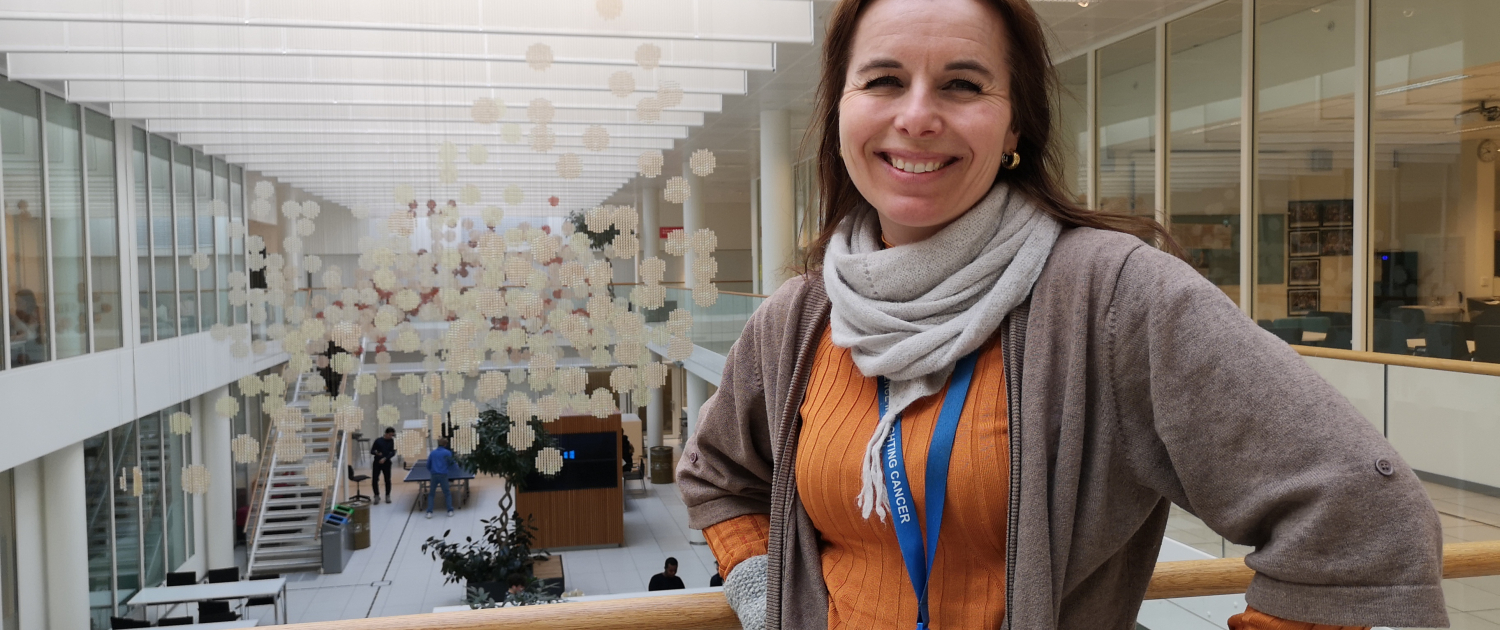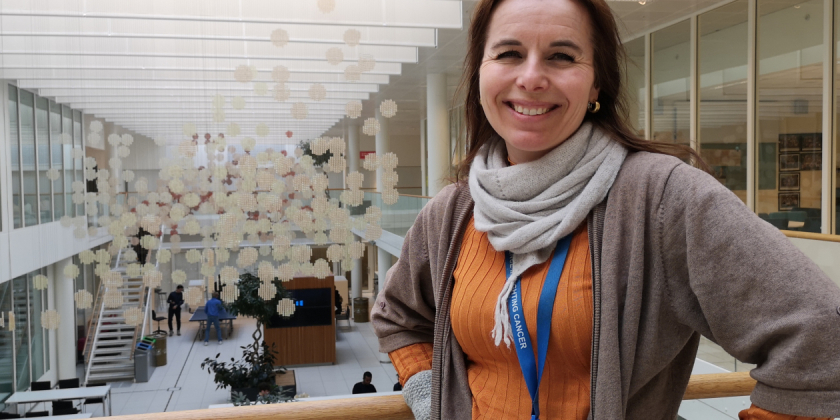Taking the leap for cancer research

Anette Weyergang wants to make cancer treatment more effective and match the right patient with the right drug.
“I am motivated by the thought that I can make a difference for someone. It is risky to leave a long career in research and start a company, but if that’s what it takes, I am ready to do it. I believe our research findings can be of value to patients, and I feel obligated to do what I can to transform this into something that can be used.”
Anette Weyergang, Senior Scientist and Project Group Leader at Oslo University Hospital is on the verge of creating a company to bring her cancer research into the world. Her discovery could make a real difference in how novel cancer treatments are used in patients.
“As an academic researcher when you make a discovery, you almost expect there is a team ready to commercialise your innovation. This isn’t the case. You can’t just call up a pharmaceutical company and say ‘Look what I found!’. There is a lot you need to do and document before a big company wants to take your innovation further.”
From researcher to entrepreneur
Many times, it is up to the researchers to take charge of the development of their innovation into a product themselves.
“This is a lot of work and it often feels like having two full-time jobs: being a researcher and a founder. There should be funding for the innovation activities of a project leader.”
Weyergang is a pharmacist by education and has spent her career since 2004 in Professor Kristian Berg’s research group at the Institute for Cancer Research.
“I feel lucky to work in such a group, where excellent research is performed by highly skilled people, with collaborations at the institute and internationally. This has created a drive in me.”
Berg is a well-known name in Norwegian cancer research, especially in methods for improving drug delivery. He has several patents, which have led to the establishment of the two companies Photocure and PCI Biotech. As such, it makes sense that Weyergang also wants to take her research further.
Solving problems for patients
Weyergang’s projects are in the field of translational research. This means that the researchers are constantly drawing parallels between what they discover in the laboratory and what is happening with patients in the clinic.
“I talk a lot with clinicians at Oslo University Hospital, so that I can position my research to make it as relevant as possible for what is happening in the clinic. I ask: What is the current treatment? What problems do the patients have? Why can’t we cure them? How can we solve this? I boil these big questions down into a few concrete hypotheses, perform research and aim to bring my results into the clinic.”
The last 20-30 years, there has been a revolution in cancer treatments. This has led to a wave of new medicines that are much more targeted towards specific cancers.
“Even the most effective new drugs do not work on all patients. We have found a biomarker called RAB5 that we can look at in the patient’s tumour and predict if some of these novel treatments will work or not.”
The biomarker may tell if the patient will benefit from treatment with the antibody conjugates, which is a very popular cancer treatment right now used to deliver chemotherapy to cancer tumours.
Read more about the biomarker here.
How to commercialize an innovation
Initially, Weyergang received coaching from Jónas Einarsson and Øyvind Kongstun Arnesen at Radforsk Investment Fund, who took an interest in the research project.
“They helped us to figure out how to communicate around the project and how it can be possible to make money from it. We realized that this project can make a profit, but that we have a long road ahead of us.”
The project was also selected for the innovation programme SPARK Norway at UiO Life Science two years ago.
“It has been a steep learning curve. We learnt about commercialization through educational seminars and connected with a network with the right competencies. Also, the funding we received has prepared the project for commercialization.”
As of September 2022, the project has been taken up in Oslo Cancer Cluster Incubator, where Weyergang receives business development advice from Thomas Andersson to attract seed funding.
“Attracting investments is difficult right now. The most important thing for us is financing: how to get it, understanding what kind of funding to look for, and identifying who might be interested. We are setting up a company to sell a product and the development of that product will cost a lot of money.”
Calling for more basic research
Norway has a world-class cancer research environment, built upon many decades of excellent research.
“The biggest problem with being a cancer researcher today is financing and long term security. There are permanent positions for scientists, but employees need to acquire the funds for their projects themselves. This insecurity weighs heavily and is the reason many brilliant minds disappear.”
Finally, Weyergang highlights the importance of basic research which is fundamental for all translational research and innovation.
“To develop cancer treatment we need new ideas both within basic and translational research.”
The post Taking the leap for cancer research first appeared on Oslo Cancer Cluster.






